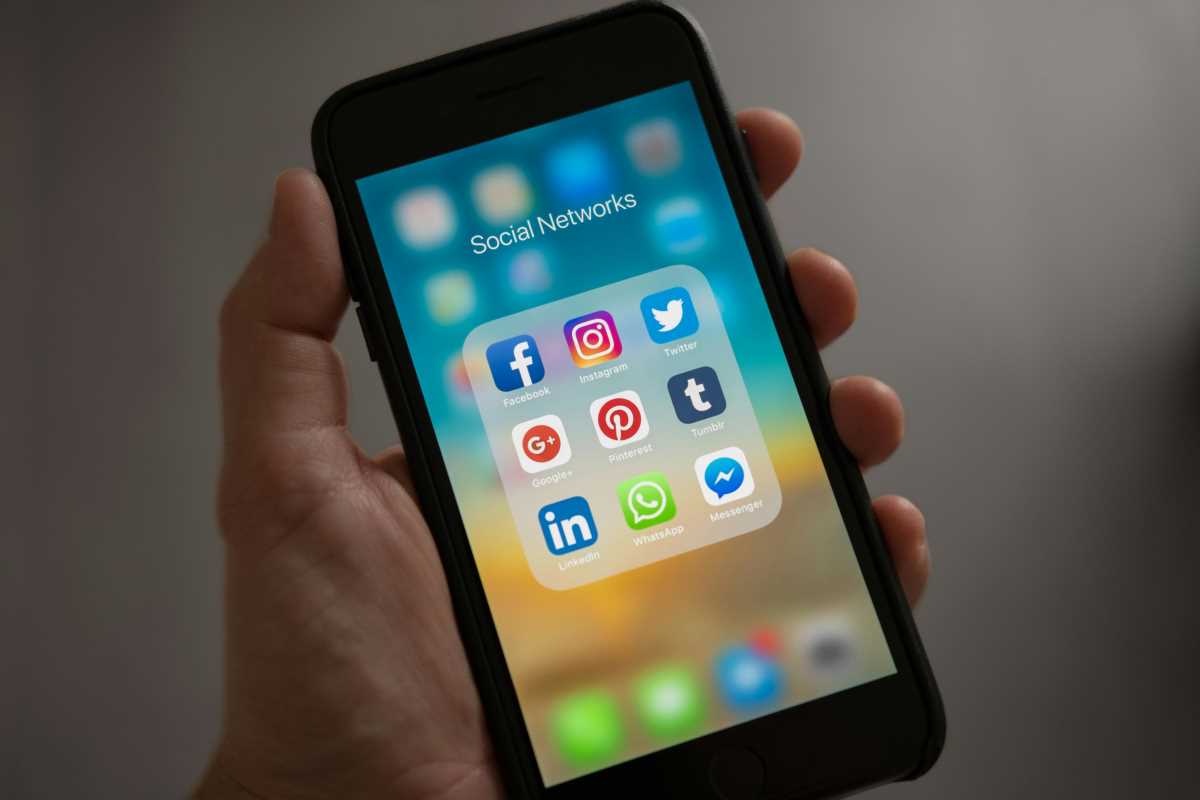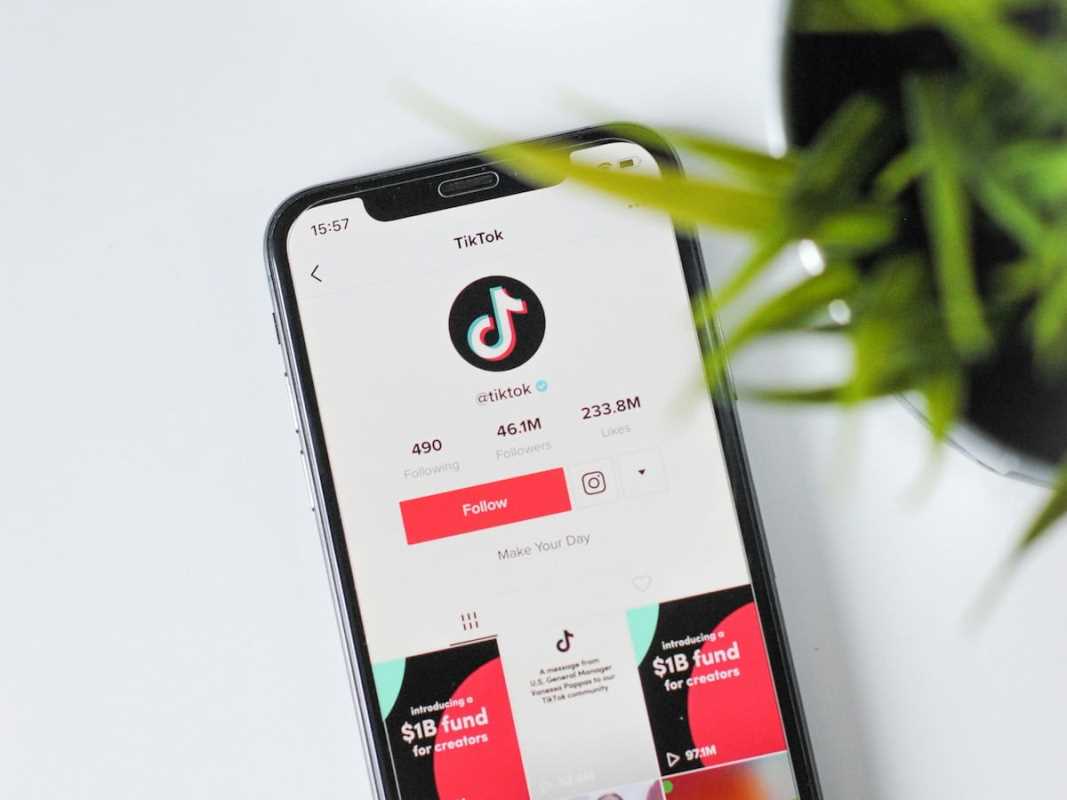Successful campaigns sell products, but they also build connections, keep audiences engaged, and create loyalty. Gamification achieves all of this by turning marketing into a more interactive and enjoyable experience. Gamification involves incorporating game-like elements into your campaigns to captivate your audience while subtly encouraging desired actions. It works because people are naturally drawn to games and challenges, making them an effective way to spark interest and build stronger relationships with your brand. We're going to talk about what it is, its key benefits, and how to harness it effectively in your strategy.
1. What is Gamification in Marketing?
Gamification is the process of applying game mechanics, like points, levels, or rewards, to non-game activities. Rather than simply advertising a product or service, this type of marketing adds a fun and competitive layer to the experience, making it more engaging for customers. The goal is to motivate people to interact with your business by offering incentives and increasing the element of fun.
Practical examples include loyalty programs, interactive quizzes, spin-to-win contests, and virtual scavenger hunts. These activities create joyful interactions that make customers more likely to remember your brand and revisit it in the future.
2. Why Gamification Works in Marketing
This type of marketing taps into several psychological factors that drive customer behavior, including motivation, curiosity, and a sense of achievement. These elements make gamified campaigns memorable and effective. This is why it can work so well:
- People Love Rewards: Earning prizes, points, or badges releases dopamine, a chemical in the brain associated with pleasure. This feeling motivates users to keep engaging with your brand for the chance to win.
- It Encourages Participation: Games naturally invite involvement. Whether it’s spinning a prize wheel, completing a challenge, or competing for a leaderboard spot, it creates active participation instead of passive consumption.
- It Boosts Loyalty: Loyalty programs encourage repeat interactions. Customers feel rewarded for their loyalty, making them less likely to switch to a competitor.
- It Appeals Across Age Groups: Games create a playful sense of accomplishment and are universally appealing. Everyone, from teens to senior citizens, can enjoy campaigns in catered formats.
3. Key Benefits of Gamification in Marketing
Gamification offers advantages that stretch beyond making marketing fun. It’s a powerful tool for increasing engagement, enhancing brand recall, and driving sales. Here are some of its most impactful benefits:
Increased Engagement
It encourages customers to spend more time interacting with your brand. Activities like quizzes, contests, or leaderboards offer a reason for users to engage consistently. Higher engagement leads to stronger emotional connections with your brand.
Enhanced Data Collection
Interactive games and challenges are excellent opportunities to gather customer insights. Quizzes often require users to provide details like preferences, which businesses can analyze to personalize future campaigns.
Greater Brand Awareness
Fun and rewarding campaigns encourage sharing. Customers like to display their achievements or prizes, generating organic word-of-mouth marketing that spreads awareness about your brand.
Motivates Action
It pushes customers toward desired actions, such as signing up for newsletters, trying new products, or making purchases. Providing a tangible or fun incentive increases the likelihood that users will follow through.
Boosted Customer Loyalty
Offering rewards for repeated engagement keeps customers coming back. Loud examples include tiered loyalty programs that unlock higher benefits based on the customer’s level of participation.
4. Implementing Gamification
To tap into the benefits of gamification, businesses need to design campaigns that align with their brand and audience preferences. Here are effective ways to add this to campaigns.
Create Interactive Quizzes
Quizzes are simple yet powerful tools for engagement. They encourage users to spend time with your brand and learn about your products or services
Add Spin-to-Win Features
Spin-to-win wheels are highly visual and exciting. Customers click to spin a virtual wheel with the chance to win discounts, free items, or other offers. These features are particularly popular on e-commerce platforms.
Launch Contests and Challenges
Contests motivate customers to share content or engage in activities related to your brand.
Build Loyalty-Based Games
Reward customers for repeat business or specific actions by incorporating them into a fun, game-like system. Points, badges, or coupon tiers encourage continuous participation.
Incorporate Leaderboards
Leaderboards invite friendly competition, which makes customers more likely to participate multiple times. This strategy works well in apps or platforms where success is measurable, such as fitness or education tools.
Gamify Email Campaigns
Emails don’t have to be static. Add interactive elements like scavenger hunts or clickable puzzles within email designs to excite customers and encourage clicks.
5. Best Practices for Gamification Success
Creating a gamified experience is exciting, but it should be carefully planned for the most impact. Follow these best practices to avoid common pitfalls:
Know Your Audience
Not every customer wants the same experience. Design campaigns based on your audience’s age, preferences, and comfort with technology. Younger customers might enjoy competitive leaderboards, while older users may prefer straightforward loyalty programs.
Keep It Simple
Overcomplicated games frustrate participants. Make sure rules are easy to understand, and progress is clear. Simplicity increases accessibility and encourages more people to join in.
Offer Meaningful Rewards
Rewards don’t have to be extravagant but should feel worthwhile. Discounts, exclusive merchandise, or recognition (such as badges) drive participation better than generic prizes.
Incorporate Storytelling
Great games have a narrative that immerses players. Adding a storytelling element, such as a character or themed challenge, makes gamification more memorable and engaging.
Test and Adjust
Analyze performance data to find what works and what doesn’t. Identify areas of friction and make adjustments to improve customer satisfaction over time.
6. Measuring Gamification ROI
Understanding the effectiveness requires diligent tracking. Metrics to focus on include:
- Engagement Rates: Monitor how many users participate, how frequently they engage, and the average time spent interacting.
- Conversion Rates: Measure whether games lead customers to complete desired actions, such as signing up or purchasing.
- Customer Retention: Analyze how it impacts loyalty and repeat business.
- Shares and Social Mentions: Track how often users share their progress, prizes, or leaderboards on social media platforms.
Analyzing these metrics can help it align with your goals and deliver an effective return on investment.
 (Image via
(Image via





